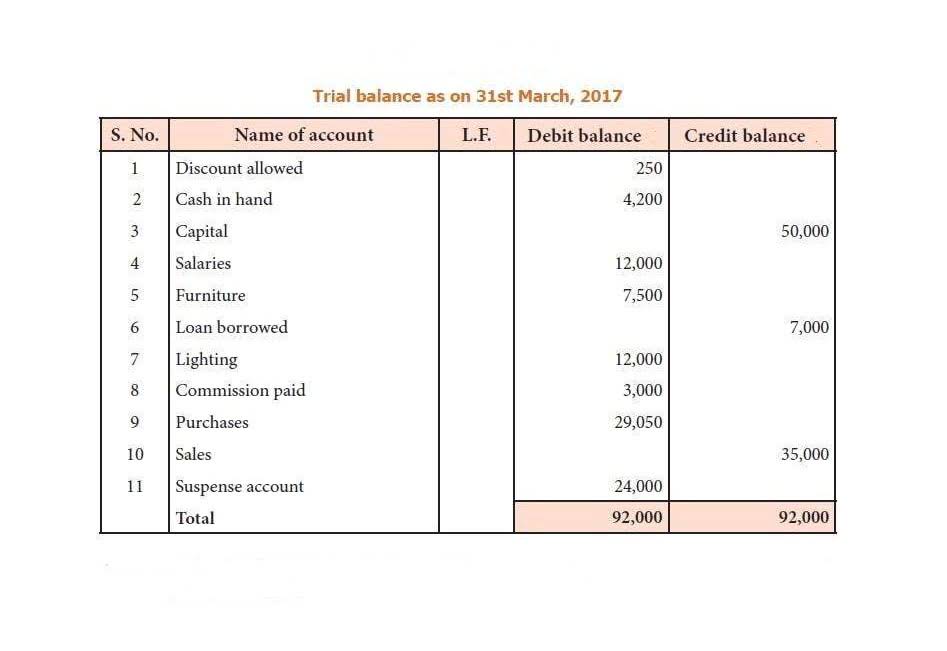
But if you have more financial information on hand, you can try a more comprehensive business valuation tool that includes both profit and revenue, as well as assets and liability, in the calculation. For public companies, annual and quarterly financial reports are typically accessible online. Depending on the degree of corporate transparency, you can also see what comparable businesses are selling for. Internet companies or buyers interested in the tech sector can use online directories like Crunchbase and platforms like AngelList, which provide information about startups, funding, investors, and more. Before buyers can confidently make an offer on a business, they’ll need to become well-versed (if not an expert) on that business’s industry.
- Unlike EBITDA, though, you’ll also add back in the owner’s salary and owner’s benefits into your SDE calculation.
- On the other hand, the liquidation value asset-based approach to valuation is based on the assumption that the business is finished and its assets will be liquidated.
- If you’re familiar with EBITDA, you’re probably already familiar with SDE, or seller’s discretionary earnings, too, even if you’ve never heard the term.
- By knowing the value of other businesses in their industry, an owner can make informed decisions about which companies to approach and how much they should offer for a potential acquisition.
- There are four major valuation approaches for advanced business valuation.
- It can be hard to objectively assess how much your venture is worth after putting so much work in over the years.
The DCF method of business valuation is similar to the earnings multiplier. This method is based on projections of future cash flows, which are adjusted to get the current market value of the company. The main difference between the discounted cash flow method and the basic business valuation formula profit multiplier method is that it takes inflation into consideration to calculate the present value. A business valuation might include an analysis of the company’s management, its capital structure, its future earnings prospects or the market value of its assets.
Business Insights
Wherever you are in your business’s lifecycle, you’ll want to know how to value a small business sooner rather than later. Feeling confident in your appraisal will help you accurately determine how to pitch investors and raise funding, or price your business to find the right buyer. Buying a business can often be even more complicated than selling, because you may not be familiar with the industry or business which you’re buying. Many buyers start out with no clear understanding of the type of business they would like to own, and wind up doing research on the fly. Buyers should research industries that they are interested in to determine future potential, while avoiding contracting markets. This means that your business is going to get the value that the market dictates based on your performance, the current economy, and the industry.

The present value of your business takes into account current and future cash flows to figure out what your business is worth now as well as later on. This determines whether or not your company is a going concern—a business with stable future earnings, that can keep operating indefinitely without being liquidated. Ultimately, different small business valuation methods will be preferable in different scenarios. Generally, the best approach will depend on why the valuation is needed, the size of your business, your industry, and other factors. These components include assets, liabilities, revenue, profitability, and market conditions. A comprehensive valuation considers all of these factors in order to provide an accurate estimation of a company’s worth.
How to Value a Business (Formula and Examples Included)
Additionally, an accurate valuation can help a business owner identify potential acquisition targets that would be a good fit for their company. By knowing the value of other businesses in their industry, an owner can make informed decisions about which companies to approach and how much they should offer for a potential acquisition. Valuation figures on the one hand act as a benchmark for companies to revisit their operational strategies to maximize profits. On the other hand, investors and money lenders refer to valuation numbers while vetting funding proposals. In the following section, we discuss some specific reasons that reiterate the importance of business valuation calculations. A more common – and simpler – method of valuing small and medium businesses uses a multiple of revenue or earnings.
Calculating The Intrinsic Value Of MVV Energie AG (ETR:MVV1) – Simply Wall St
Calculating The Intrinsic Value Of MVV Energie AG (ETR:MVV .
Posted: Wed, 22 Nov 2023 04:18:53 GMT [source]
For example, if a company’s share price is $10, and the company has 2 million shares outstanding, its market capitalization would be $20 million. For example, if the P/E ratio of a stock is 20 times earnings, an analyst compares that P/E ratio with other companies in the same industry and with the ratio for the broader market. In equity analysis, using ratios like the P/E to value a company is called a multiples-based, or multiples approach, valuation. Other multiples, such as EV/EBITDA, are compared with similar companies and historical multiples to calculate intrinsic value. Analysts also place a value on an asset or investment using the cash inflows and outflows generated by the asset, called a discounted cash flow (DCF) analysis. These cash flows are discounted into a current value using a discount rate, which is an assumption about interest rates or a minimum rate of return assumed by the investor.
